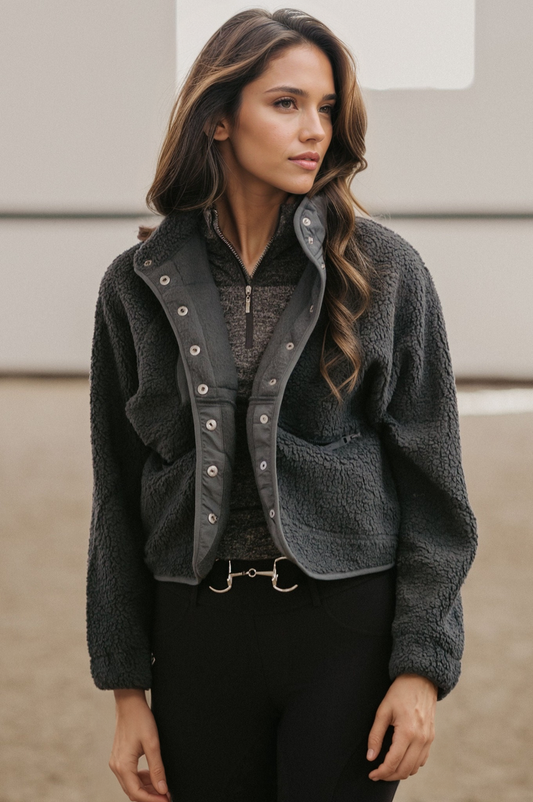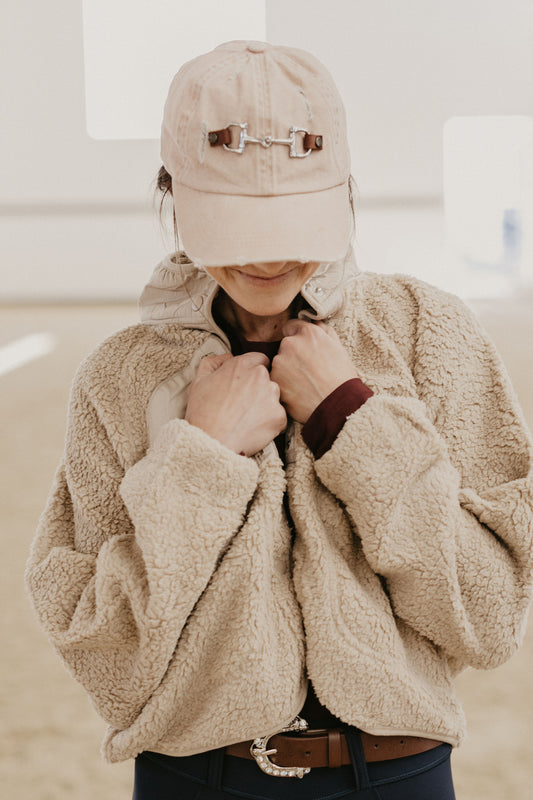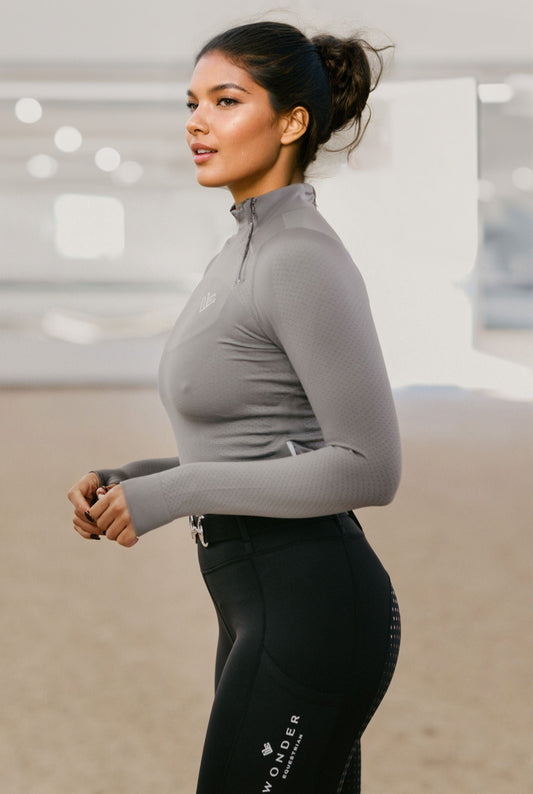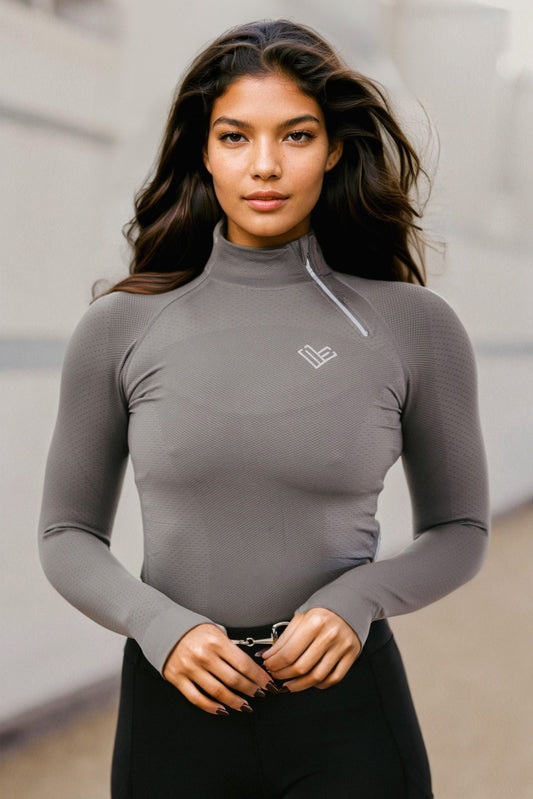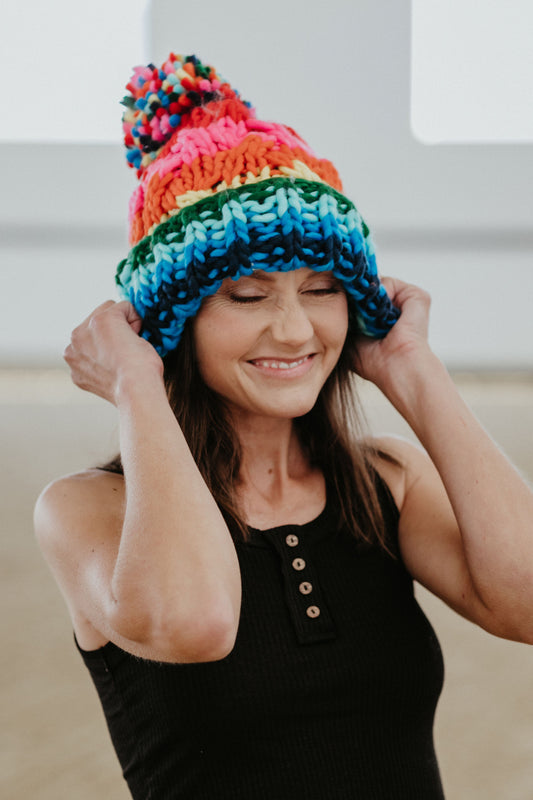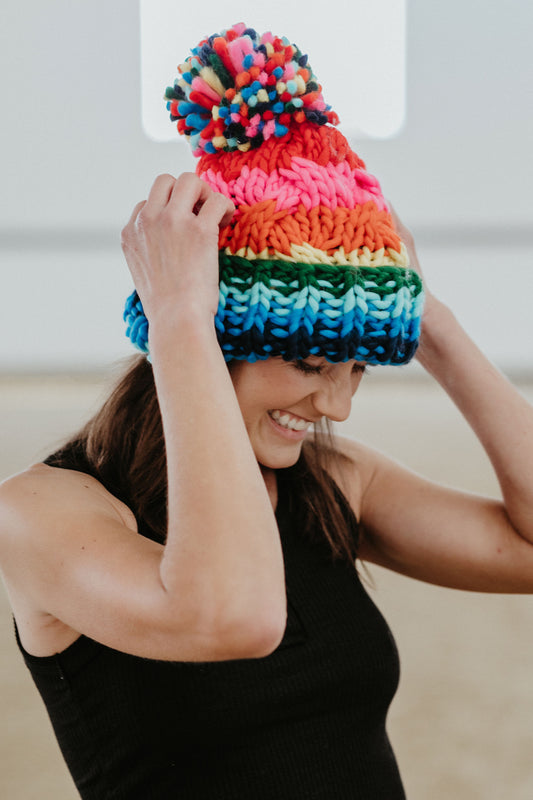The Roots of Riding Attire: A Historical Overview
Equestrian attire has evolved significantly over the centuries, from practical riding gear to a symbol of social status and fashion. Initially designed for the functional demands of managing and riding horses, the clothing worn by riders was robust, comfortable, and offered protection. However, as riding became a leisure activity and competitive sport among the elite, the attire took on a new cultural significance, reflecting both wealth and position in society.
The Functionality Behind Early Equestrian Clothing
In the early days of horsemanship, clothing was chosen primarily for its durability and comfort. Riders needed garments that could withstand the rigorous demands of riding through various terrains and weather conditions. Materials like leather were commonly used for riding breeches and boots due to their strength and flexibility.
An Expression of Noble Prestige
During the Middle Ages and Renaissance, equestrian attire became more elaborate among the aristocracy. Just as knights would wear ornate armor, nobles took to displaying their wealth and status through richly decorated riding garments. Embroidery, fine fabrics, and vivid colors all signified a rider’s noble lineage and social rank.
Riding Attire as a Fashion Statement
As equestrian activities made their way into royal courts and became associated with the gentry, riding attire crossed over into the realm of fashion. The distinction between functional riding wear and fashion statements became increasingly evident as tailors and designers created sophisticated styles to meet the demand for elegance within equestrian circles.
The Tailored Elegance of the English Riding Habit
Possibly the most iconic example of equestrian elegance is the English riding habit, which came into prominence in the 18th and 19th centuries. Women's riding habits mirrored the prevailing fashions of the time, while also allowing for the practicality of horse riding. Such outfits typically included a tailored jacket with a long skirt designed to cover the legs while riding side-saddle. For men, the epitome of riding fashion became the red fox-hunting coat, tightly fitting breeches, and polished leather boots, a style that remains emblematic of traditional English equestrian flair.
The Influence of Military Uniforms
Military uniforms have had a lasting impact on equestrian attire. The disciplined and sharp appearance of military dress influenced the cut and design of riding clothing. This is most evident in the practical yet elegant styles of dressage and show jumping, where precision and formality reflect a military heritage.
Cultural Significance in Modern Times
Today, equestrian attire continues to hold significant cultural meaning. In the show ring or at the polo match, it is not only about aesthetics but also adhering to tradition and displaying respect for the sport.
Modern Innovations and Continuing Traditions
Modern equestrian attire has incorporated technological advancements in fabric and design without straying too far from its traditional roots. Breathable, flexible materials have improved the comfort and functionality of clothing, allowing riders to perform at their best. Despite these innovations, the influence of traditional attire is still evident in the prevailing styles seen at equestrian events worldwide.
The Symbolism of Equestrian Attire in Popular Culture
Equestrian-inspired fashion has permeated popular culture, symbolizing both affluence and an active lifestyle. The elegant aesthetics of riding gear, including tailored jackets, knee-high boots, and jodhpurs, have influenced mainstream fashion designers and high street trends, attesting to the enduring appeal of the equestrian look.
Conclusion: A Legacy of Elegance and Prestige
The cultural significance of equestrian attire is deeply woven into the fabric of history. Escalating from practical riding gear to an emblem of high society, and further into a hallmark of elegance in modern-day fashion, the evolution of riding wear reflects a blend of tradition, status, and style. Whether in the competitive arena or as part of an everyday wardrobe, the influences of equestrian elegance continue to gallop across the cultural landscape.
Shop Wonder Equestrian



